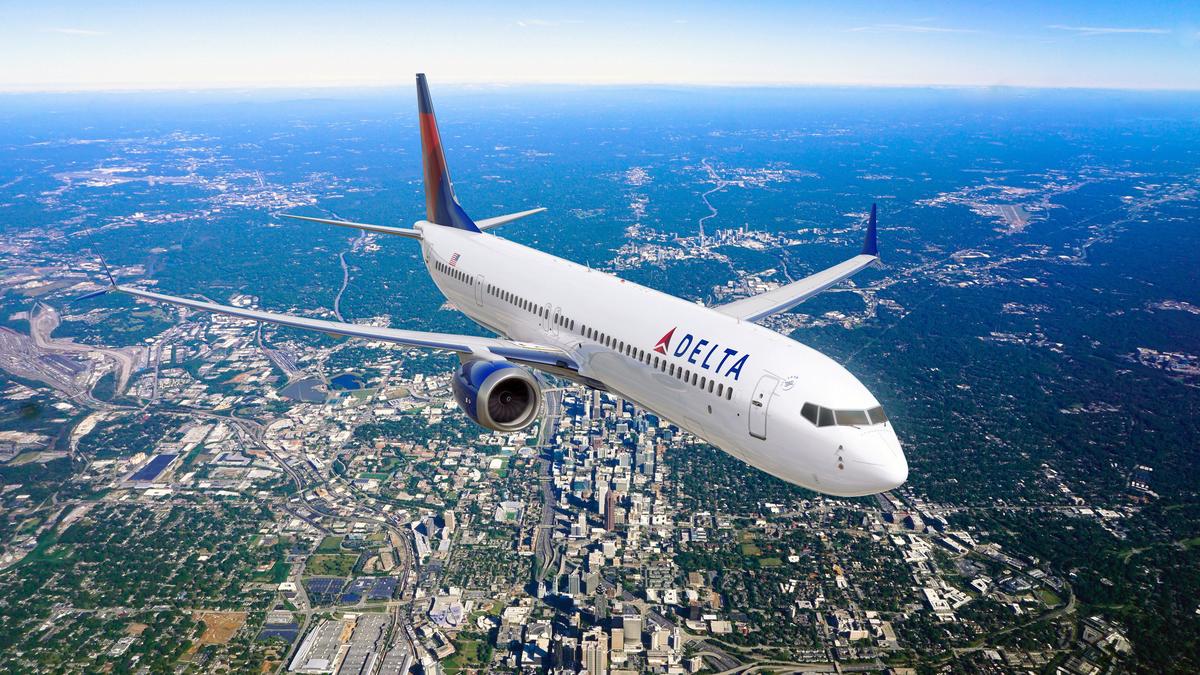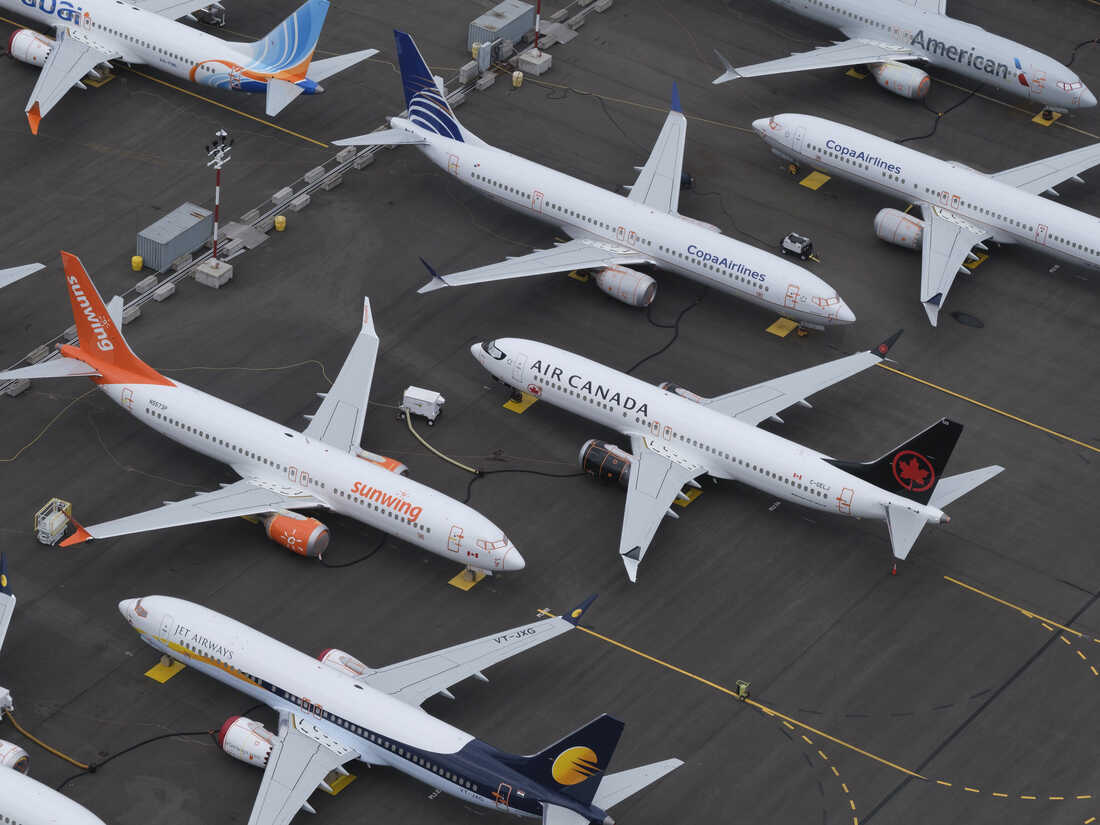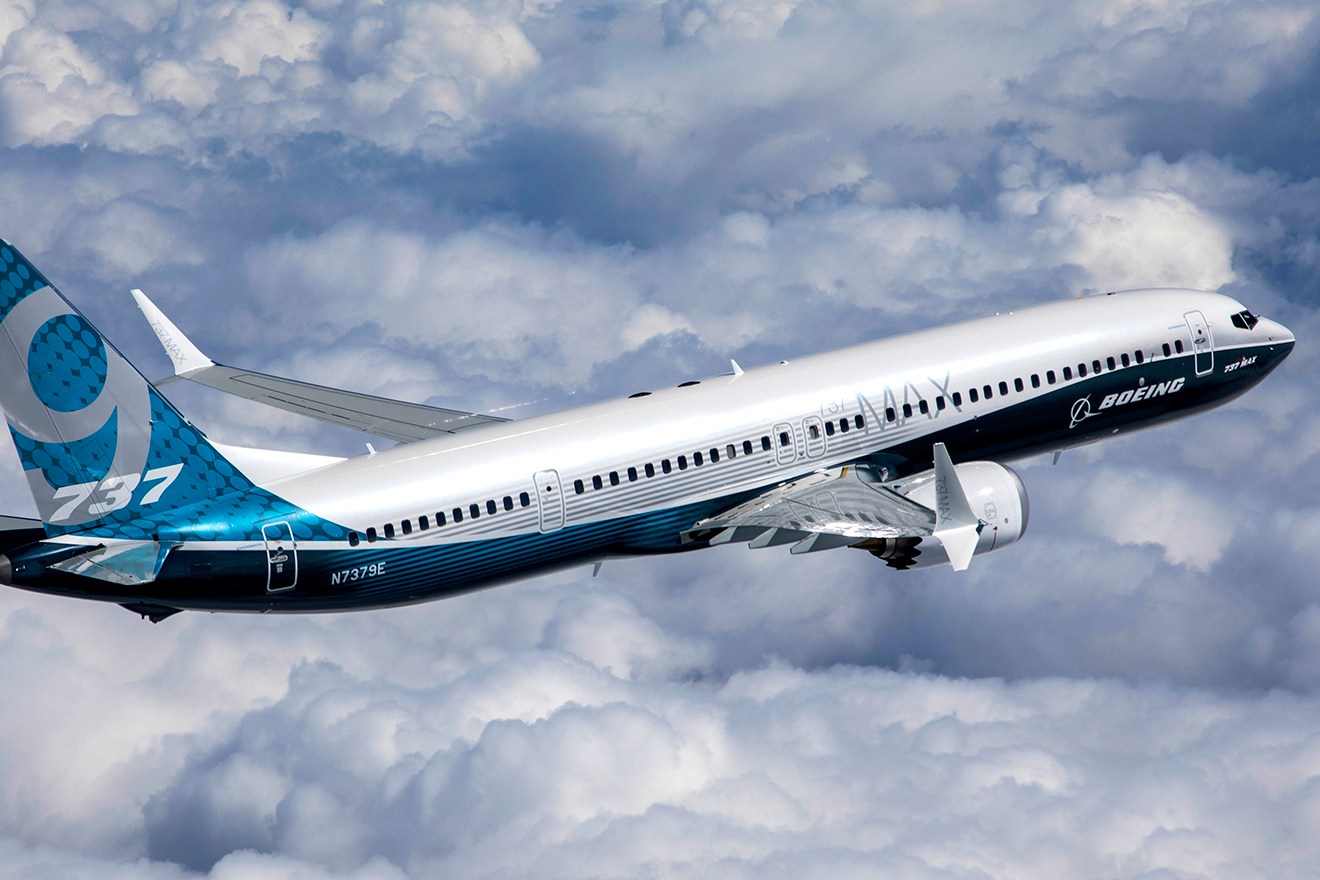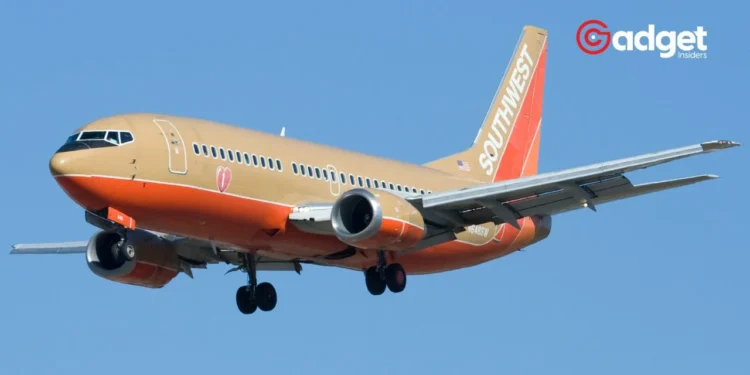On an ordinary Tuesday, news broke that cast a shadow over United Airlines’ financial performance for the first quarter of the year. A significant incident involving a Boeing 737 Max 9, grounded due to a malfunctioning door plug on an Alaska Airlines flight, led to a $200 million dent in United’s finances.
This grounding not only spotlighted the ongoing quality concerns plaguing the Aircraft manufacturing giant but also underscored the vulnerability of airlines reliant on its aircraft.

United Airlines, a major carrier that utilizes Boeing planes for approximately 80% of its mainline fleet, felt the impact acutely. With the largest fleet of 737 Max 9 jets globally, the financial repercussions were unavoidable.
“We would have been profitable without the cost of the grounding,” a representative from United explained, highlighting the significant influence of Boeing’s challenges on its operations.
Boeing’s Ripple Effect on United Airlines Operations
The troubles for United didn’t end with the grounding incident. The airline also faced a reduction in its anticipated delivery of single-aisle jets from the Aircraft manufacturing giant. Initially expecting 101 aircraft, United now anticipates only 61.
This shortfall has prompted a series of adjustments, including a hiring freeze for pilots and appeals for voluntary unpaid furloughs, as the airline grapples with decreased flight operations.
The emergency grounding of Boeing’s 737 Max 9 jetliner cost United Airlines $200 million in the first three months of this year, the airline said, blaming the disruption for its failure to turn a quarterly profit. https://t.co/agy6AcWOfY
— The Washington Post (@washingtonpost) April 17, 2024
Moreover, the delivery delays extend to the 737 Max 10—touted as the newest and longest version of the 737 series. Challenges in obtaining certification for passenger carriage have pushed the expected delivery timeline to potentially as late as 2025.
In a strategic pivot, United has opted to convert some of these Max 10 orders into additional Max 9s, scheduled for delivery between 2025 and 2027.

Strategic Shifts Amidst Aerial Uncertainty
In a move reflecting both a contingency plan and a slight pivot away from Boeing, United has secured agreements to lease 35 new Airbus A321neos, slated for delivery in 2026 and 2027.
This decision underscores the competitive dynamics in the aerospace sector and marks a significant endorsement of Airbus, a direct competitor to Boeing’s 737 Max series.
Boeing’s Commitment to Resolution
Despite the setbacks, Boeing remains resolute in addressing these challenges. Brian West, Boeing’s CFO, conveyed a message of responsibility and support to its airline customers during a recent investor call.
“We put the customers in a tight spot,” he admitted, adding, “We’ve got to take care of that and we’re well down the road to do that. We continue to stand behind our customers with that responsibility.”

Financial Outlook and Passenger Experience
Despite the $200 million impact, United managed to narrow its losses compared to the previous year, reporting an adjusted loss of $50 million, an improvement from a $207 million loss.
This was bolstered by a nearly 10% increase in revenue, thanks largely to a 9% rise in the miles flown by paying passengers. This uptick in capacity, despite the grounding, coupled with a slight increase in the average fare per mile, paints a picture of resilience amidst adversity.
As United navigates these turbulent times, the airline is keen on reinforcing its commitment to safety and reliability. CEO Scott Kirby has reached out to customers to reassure them of heightened safety measures directly overseen by the airline’s staff.
With the FAA increasing its scrutiny of United’s operations, the path ahead is one of cautious optimism, aimed at regaining passenger trust and ensuring operational stability.
In an industry as dynamic and challenging as aviation, the journey for United Airlines is one marked by strategic adaptations and a keen focus on maintaining a fleet that meets the highest standards of safety and efficiency.
As they maneuver through these headwinds, the ultimate goal remains clear: to ensure a safe and reliable travel experience for all passengers, even in the face of unforeseen challenges.










